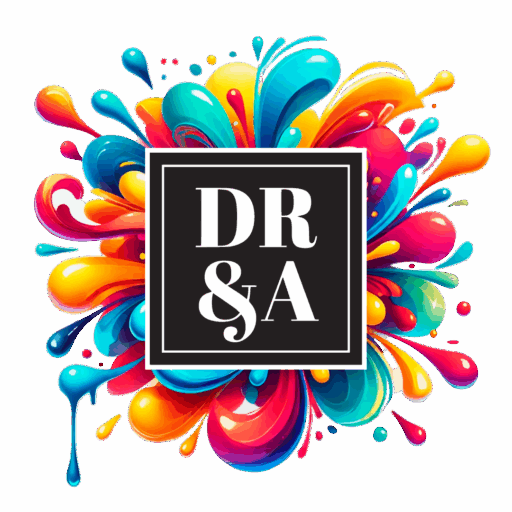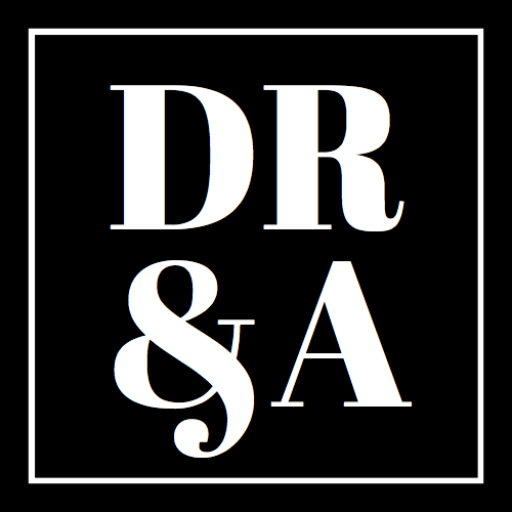Copyright vs. Trademark vs. Patent: What’s the Difference and What Should Your Business Protect?
The business world is more competitive today than ever before. The margin between success and failure can be razor-thin, which makes protecting your ideas, content, and brand much more than just a legal formality — it’s a necessity. But with so many different types of intellectual property (IP) protection, it’s easy to get lost in the alphabet soup: Do you need a trademark? A copyright? A patent? All three?
The short answer is: it depends on what you’ve created and how you plan to use it.
In this guide, we’ll break down the key differences between copyrights, trademarks, and patents, and explain when and why your business might need each. Whether you’re launching a brand, developing a product, or building a content library, understanding these legal tools can help you preserve your competitive edge and avoid costly legal mistakes.
What Is Copyright and What Does It Protect?
Copyright protects original works of authorship that are fixed in a tangible medium. That includes:
- Written content (books, blogs, manuals, ad copy)
- Artwork and illustrations
- Music and sound recordings
- Photographs and video content
- Software code
- Architectural drawings and designs
- Marketing content and digital assets
Copyright arises automatically upon creation — as soon as the work is “fixed” (written down, recorded, published, etc.), the creator holds the rights. But if you want to enforce those rights in court, you must register the work with the U.S. Copyright Office.
Key rights under copyright include:
- The right to reproduce the work
- The right to distribute or sell the work
- The right to create derivative works
- The right to publicly perform or display the work
Who should protect content with copyright?
If your company generates a steady stream of original content or creative work — marketing materials, educational media, software, or branded visuals — copyright protection should be part of your core legal strategy. This applies especially to marketing agencies, SaaS providers, online educators, influencers, and publishers, where content is both a product and a growth driver.
For more, see the U.S. Copyright Office: https://copyright.gov/help/faq/
What Is a Trademark and What Does It Protect?
A trademark protects brand identifiers (words, phrases, symbols, or designs) that distinguish your business in the marketplace. The most common trademarks include:
- Business names
- Product names
- Logos
- Slogans
- Sound marks (think of the Netflix “ta-dum”)
Unlike copyright, a trademark doesn’t protect the product itself — it protects the source identity of that product. It’s about preventing confusion among consumers and ensuring they know who they’re doing business with and what company they’re buying from.
You get limited rights by simply using a trademark in commerce, but to secure nationwide protection and exclusive use, you need to register it with the U.S. Patent and Trademark Office (USPTO).
Trademark rights include:
- Exclusive use of the mark in your industry
- The ability to stop others from using confusingly similar marks
- The ability to license or sell your brand assets
- Enhanced remedies in infringement lawsuits
Who should protect brand assets with a trademark?
Nearly every business. Whether you’re a local restaurant or a national e-commerce brand, your name and logo are often your most visible and valuable assets.
Trademark protection is especially important for companies investing in marketing, franchising, product lines, or licensing deals. It also helps you avoid disputes by making sure your brand isn’t accidentally infringing on someone else’s.
Learn more at the USPTO: https://www.uspto.gov/trademarks/basics
What Is a Patent and What Does It Protect?
A patent protects new, useful, and non-obvious inventions. This includes:
- Machines or mechanical devices
- Processes or methods
- Chemical compositions
- Software innovations (if they meet certain criteria)
- Improvements to existing technologies
Patents are the most complex and expensive form of intellectual property protection. To obtain one, you must file a detailed application with the USPTO that describes your invention and how it works.
There are three main types of patents:
- Utility patents – for inventions and processes (valid for 20 years)
- Design patents – for ornamental designs (valid for 15 years)
- Plant patents – for new, asexually reproduced plant species
Who should protect inventions with patents?
Businesses that innovate — particularly in manufacturing, technology, software, and product development — should consider patent protection. This is especially true if your competitive advantage lies in the uniqueness or function of your offering.
Patents are expensive to obtain and enforce, but they grant exclusive rights that can be incredibly valuable, including licensing deals, investor interest, and blocking competitors from copying your work.
See the USPTO guide to patents: https://www.uspto.gov/patents/basics
What Happens If You Don’t Protect Your IP?
Failing to protect your intellectual property puts your business at risk of:
- Losing brand recognition to copycats
- Having your content reused or stolen
- Getting sued for accidentally infringing someone else’s IP
- Losing out on licensing revenue or investor trust
- Being unable to stop counterfeit or knockoff products
Many businesses don’t think about IP until it’s too late — for example, when a competitor files first, or when a piece of content goes viral and someone else monetizes it.
Being proactive can help you avoid these headaches and build more valuable business assets over time.
Which IP Protections Should My Business Prioritize?
Every business is different, but here are a few rules of thumb:
| Business Activity | Most Relevant IP |
|---|---|
| Creating content, training materials, or media | Copyright |
| Building a recognizable brand or product name | Trademark |
| Developing new inventions or tech | Patent |
Often, your business may need more than one type of protection. For example, if you build a software platform under a branded name, you might:
- Register the code under copyright
- Trademark the brand name and logo
- Consider a patent for the underlying technology
An experienced IP attorney can help you build a custom strategy based on your assets, goals, and risk profile.
Conclusion: Protecting What Makes Your Business Valuable
Your ideas, content, and brand are among your most important assets. And the best time to protect them is before a conflict.
Whether you’re launching a new product, expanding your brand, or scaling your business nationally, understanding the differences between trademarks, copyrights, and patents helps you stay protected, competitive, and confident.
If you’re unsure what kind of IP protection your business needs, we can help. At Daniel Ross & Associates LLC, we guide companies of all sizes through intellectual property registration and enforcement.
Schedule a consultation today and let’s build your IP portfolio together.


